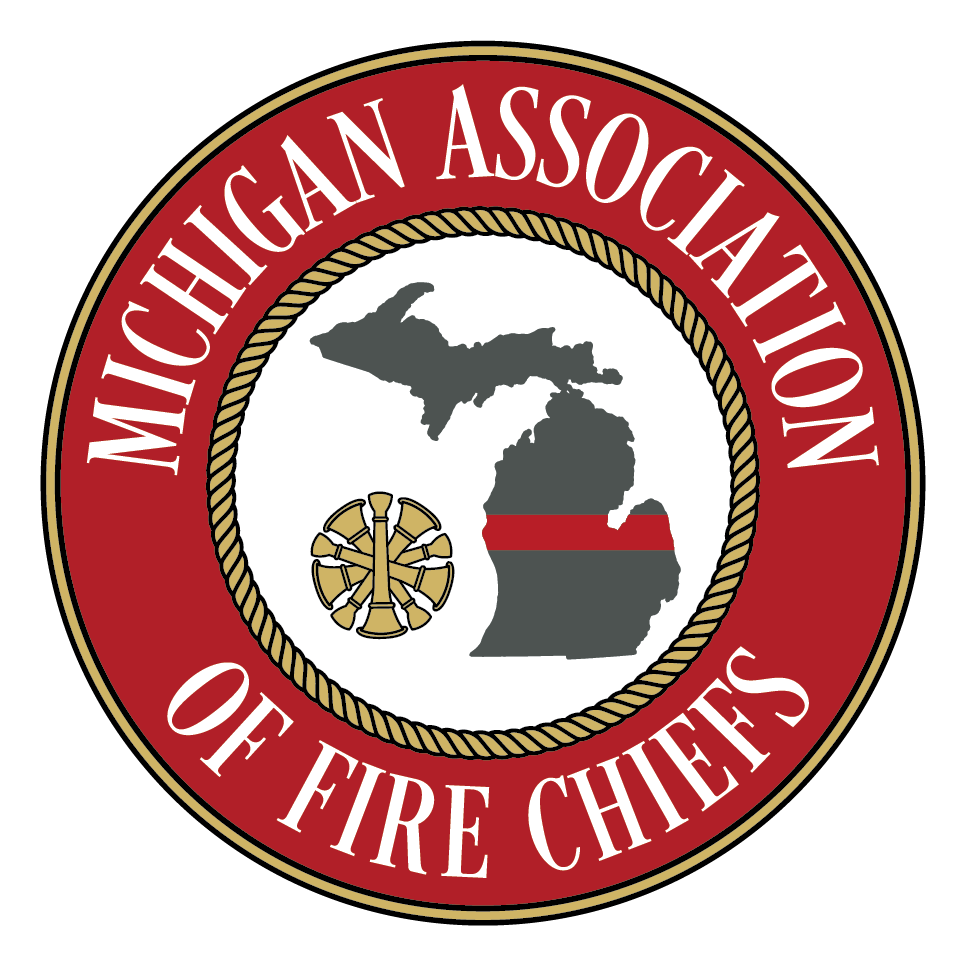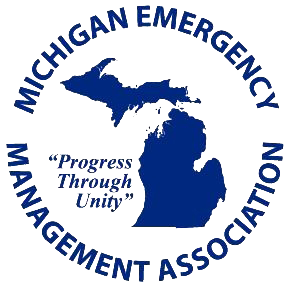![]()
Notes for the Month!
- Orientation for new members is on October 12th. Make sure you have encouraged your colleagues to apply ahead of that date!
- Everyone received an email invitation to Julie Secontine’s retirement dinner at the Mob Center on October 5th. As Legal Counsel, Julie’s contribution to MI-TF1 has been invaluable and we would not be what it is today without her contributions.
![]()
We are well into hurricane season at this time. So far, the continental US has avoided the worst of the storms although Lee grew into a major hurricane. The map below shows the current conditions in the Atlantic and the potential for hurricane development.

More about Hurricanes
A lot of terms are used in relation to hurricanes – here are a few to be aware of:
Outer Bands – these are the bands of rain that sort of pinwheel out from the center of the storm. These can be dangerous because those are the areas where tornadoes are most likely to form. They also tend to follow one after the other creating significant flooding.
Eyewall – this is the ring of clouds that form around the ‘eye’ of the hurricane. The strongest winds occur here.
Landfall – this is used to indicate the ‘eye’ of the hurricane has made it onto land. Generally the hurricane will diminish in intensity the longer it is over land, but the amount of rain and potential for flooding remains significant.
Storm Surge – this is the water that is pushed ashore by the winds of the hurricane. This is also impacted by the tides. It is one of the most dangerous and deadly aspects of a hurricane and most often the reason for evacuations of coastal communities.
Outer Bands – these are the bands of rain that sort of pinwheel out from the center of the storm. These can be dangerous because those are the areas where tornadoes are most likely to form. They also tend to follow one after the other creating significant flooding.
Eyewall – this is the ring of clouds that form around the ‘eye’ of the hurricane. The strongest winds occur here.
Landfall – this is used to indicate the ‘eye’ of the hurricane has made it onto land. Generally the hurricane will diminish in intensity the longer it is over land, but the amount of rain and potential for flooding remains significant.
Storm Surge – this is the water that is pushed ashore by the winds of the hurricane. This is also impacted by the tides. It is one of the most dangerous and deadly aspects of a hurricane and most often the reason for evacuations of coastal communities.

Winter is coming soon. NOAA is predicting a slightly warmer and dryer than normal winter due to El Nino. The Farmer’s Almanac is predicting a colder and snowier winter. As Michiganders, we’re always prepared for whatever comes!





